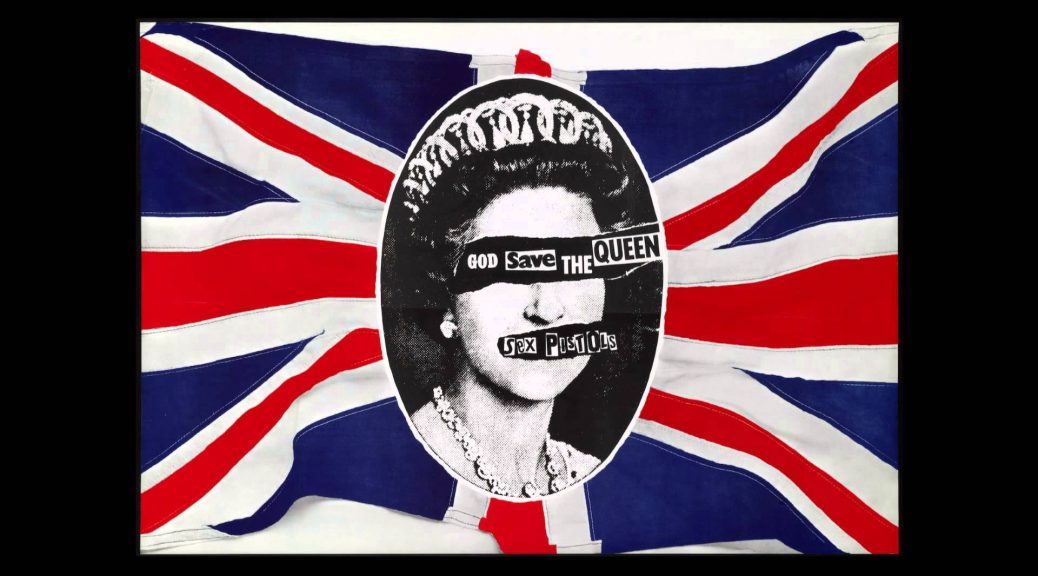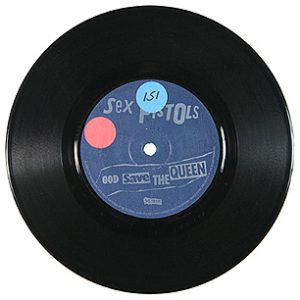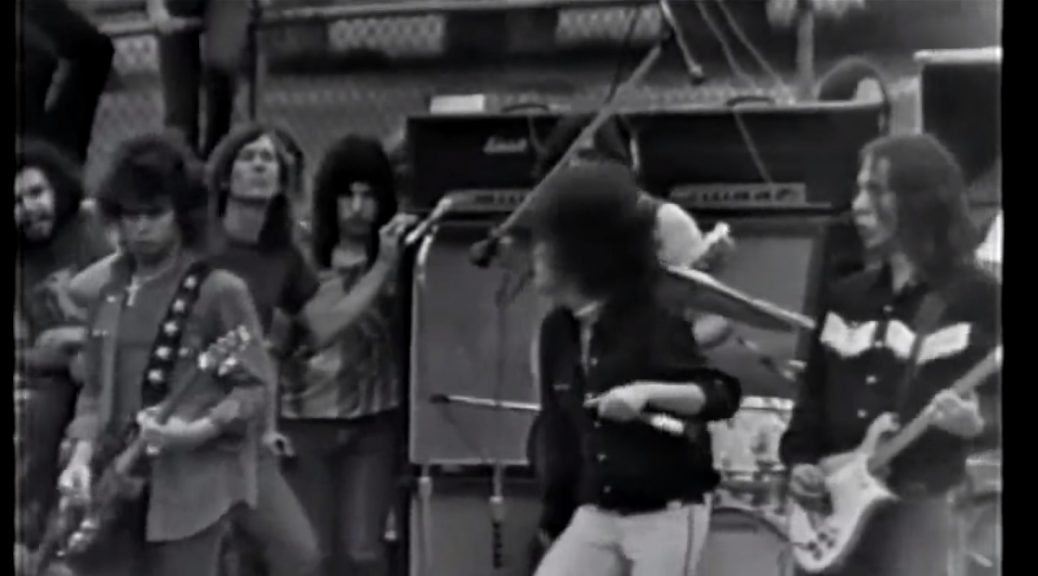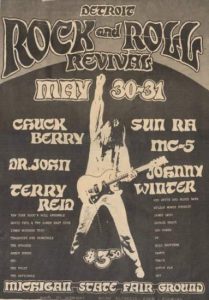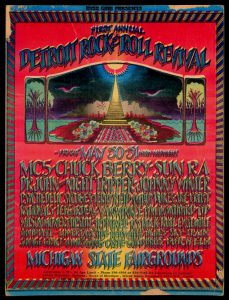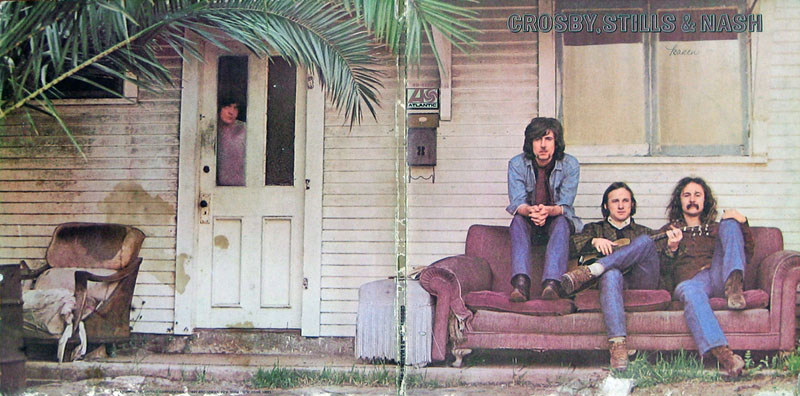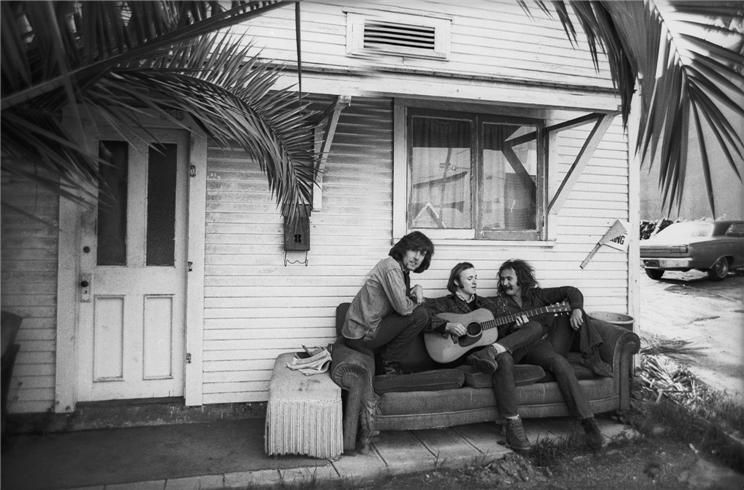Sex Pistols Save Queen
…but on May 31, 1977 the BBC told them they couldn’t.
R & R v the Establishment
Rock and Roll and those in Power have never been on the best of terms. At it’s best, rock and roll pokes a stick in the eye of Power.
1977 was the year of the United Kingdom’s Queen Elizabeth II’s Silver Jubilee. Many adored and admired her and not just in the UK but throughout the world. Even popular in the former British colonies her country had often subjected to harsh rule.
What better time then for an outrageously named British rock group, the Sex Pistols, to sing an outrageously disrespectful song about their adored and admired Queen Elizabeth.
Sex Pistols Save Queen
God Save the Queen
“God Save the Queen” was released on May 27, 1977 and on May 31 the BBC banned it. Such a ban would normally be the death knell for a band’s song, but banning sometimes backfires and this ban did just that.
Even though the song was difficult to hear over the airwaves and even though the some major outlets refused to sell it, the recording sold more than 150,00 copies a day from the end of May and into early June.
Sex Pistols Save Queen
A #2 that was #1
That it didn’t reach #1 on the British charts and “stalled” at #2 is hard to believe given such sales. It doesn’t take much to think that it was a deliberate decision to keep it from the #1 spot.
The song holds up well nearly 40 years later. And I suppose some are still asking for God to save the Queen. The Sex Pistols cannot. They were gone within two years.
|
God save the Queen
The fascist regime, They made you a moron A potential H-bomb God save the Queen
She ain’t no human being There is no future And England’s dreaming Don’t be told what you want
Don’t be told what you need There’s no future No future No future for you
God save the Queen
We mean it man We love our Queen God saves
God save the Queen
‘Cause tourists are money And our figurehead Is not what she seems |
Oh God save history
God save your mad parade Oh Lord God have mercy All crimes are paid When there’s no future
How can there be sin
We’re the flowers In the dustbin We’re the poison
In your human machine
We’re the future You’re future God save the Queen
We mean it man
We love our Queen God saves God save the Queen
We mean it man There is no future And England’s dreaming |
The Sex Pistols were: Steve Jones , Paul Cook, Glen Matlock , and John Lydon (aka, Johnny Rotten). Sid Vicious replaced Matlock.
The Rolling Stone magazine bio on the band begins with: Unabashedly crude, intensely emotional, and calculated to exhilarate and offend, the Sex Pistols’ music and stance were in direct opposition to the star trappings and complacency that, by the mid-Seventies, had rendered much of rock & roll stagnant. Over the course of their short, turbulent existence, the group released a single studio album that changed the course of popular music. While the Sex Pistols were not the first punk rockers (that distinction probably goes to the Stooges), they were the most widely identified with the genre — and, to appearances, the most threatening. Never Mind the Bollocks, Here’s the Sex Pistols unquestionably ranks as one of the most important rock & roll records ever, its sound a raw, snarling, yet mesmerizing rejection of and challenge to not only rock & roll music and culture but a modern world that offered, as Rotten sang in “God Save the Queen,” “no future.”

